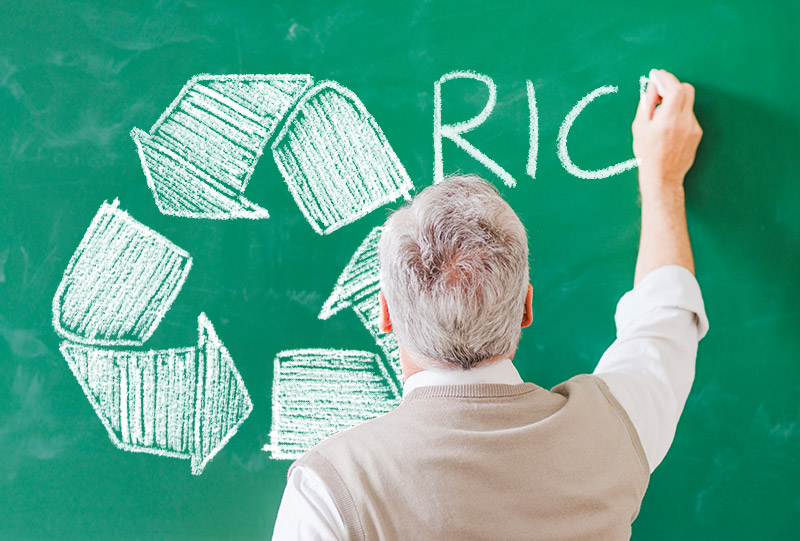How does the plastic recycling process start? Get to know everything about the collection and sorting of plastic materials!
September is coming – let’s go back to class with Are you R!
All of us as consumers commit every day to collecting waste properly and help make the environment a better place.
But how does the plastic recycling process start? In this article, we’ll explain how plastic materials are collected and sorted!
Plastic waste is:
1. Collected. Once a product has been used, citizens dispose waste in appropriate containers in compliance with the municipal regulation.
That is why it is important to pay particular attention to this very early stage, which plays a crucial role, even though it appears to be far from the actual recycling process! Without your contribution as consumers, nothing would be possible 🙂
2. Pressed to ease its transportation. Indeed, plastic waste must be pressed to be transported easily. By doing so, it’s possible to increase its quantity. Consequently, the transportation frequency itself can be facilitated and optimised.
3. Delivered to appropriate sorting plants. This is a crucial step. Within plants, plastic waste is subdivided according to parameters, such as composition, size, and colour.
Indeed, there isn’t only one type of plastic materials! As we have already described in this article, there are as many as six different types of plastic, each one having its own physical characteristics and being destined for a specific recycling process that will transform it as mere waste into new, useful products!
4. Sorted through a mechanical process utilising a giant centrifuge and, after that, through the use of optical scanners, which divide materials by composition and colour through actual puffs of wind that gather plastic of the same type together.
5. Compressed and stocked in homogeneous packages. This allows to destine each different type of plastic for the appropriate recycling procedure. After these crucial steps of collection and sorting, plastic materials are finally ready to be brought into the second important step of the recycling process, which takes place in specialised plants.
It is here that ‘recycling magic’ is created: waste comes back to life thanks to technologies, creativity, and the contribution of all of us.
Stay with Are you R: in the next article, we’ll explain what happens within plastic-recycling plants!

